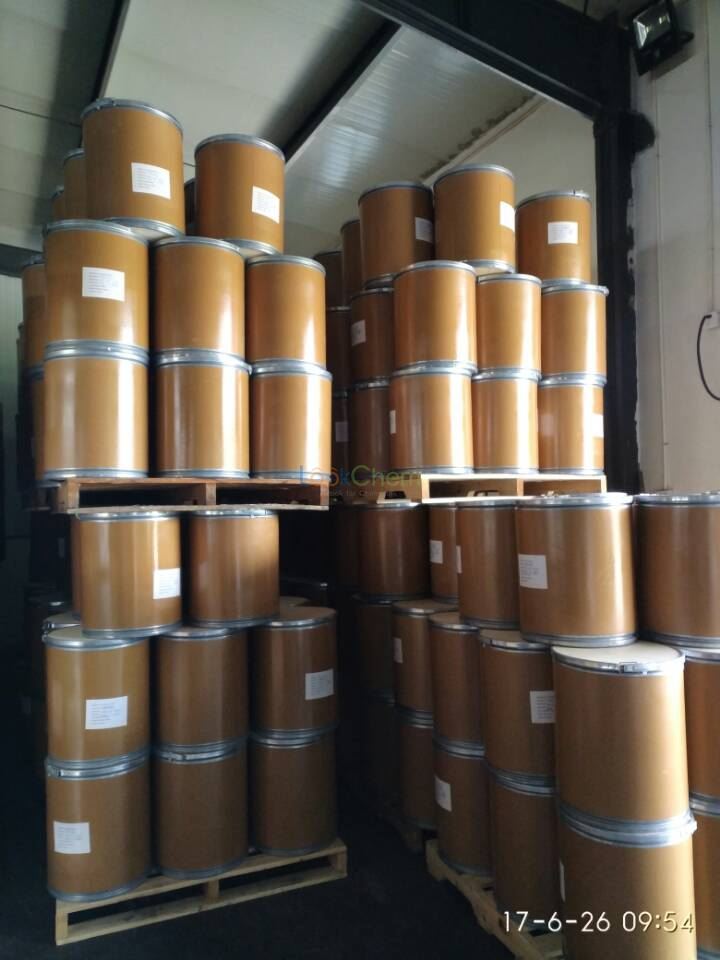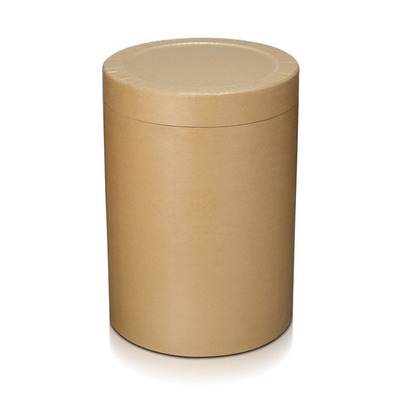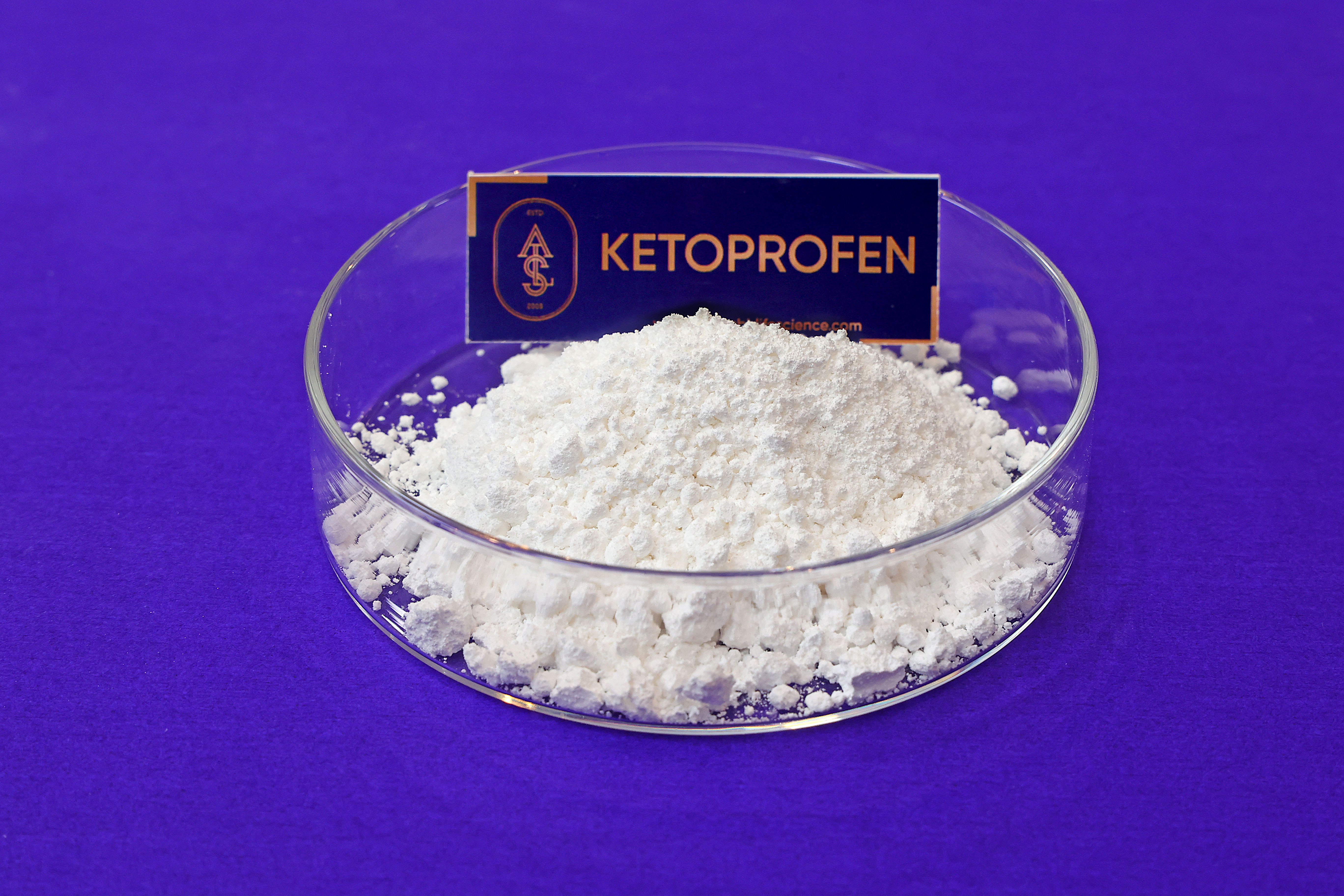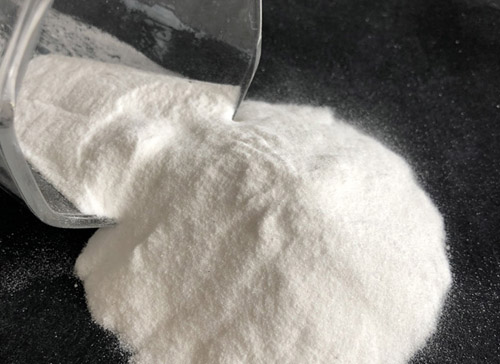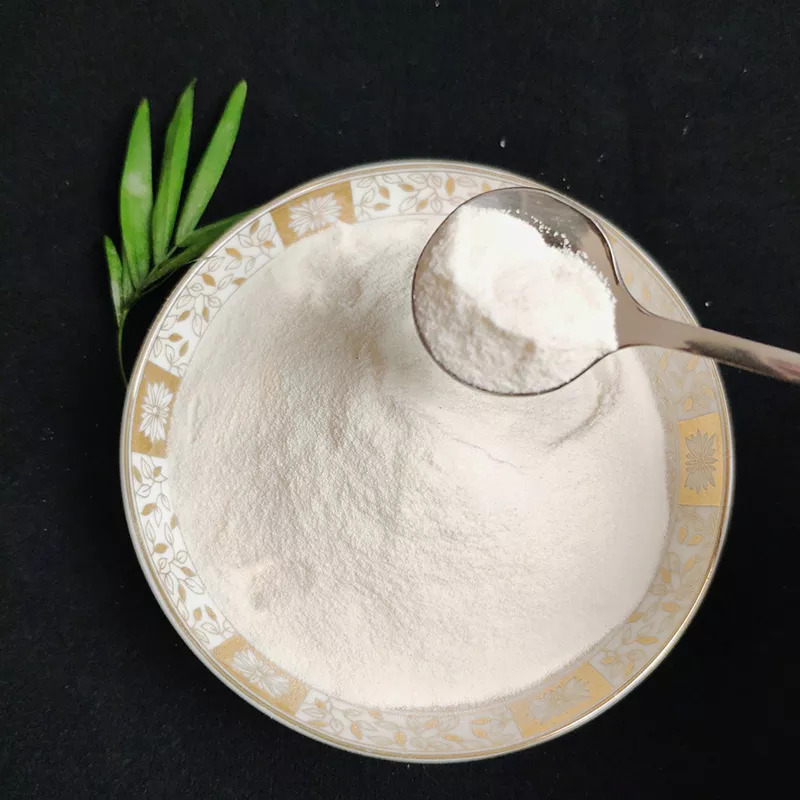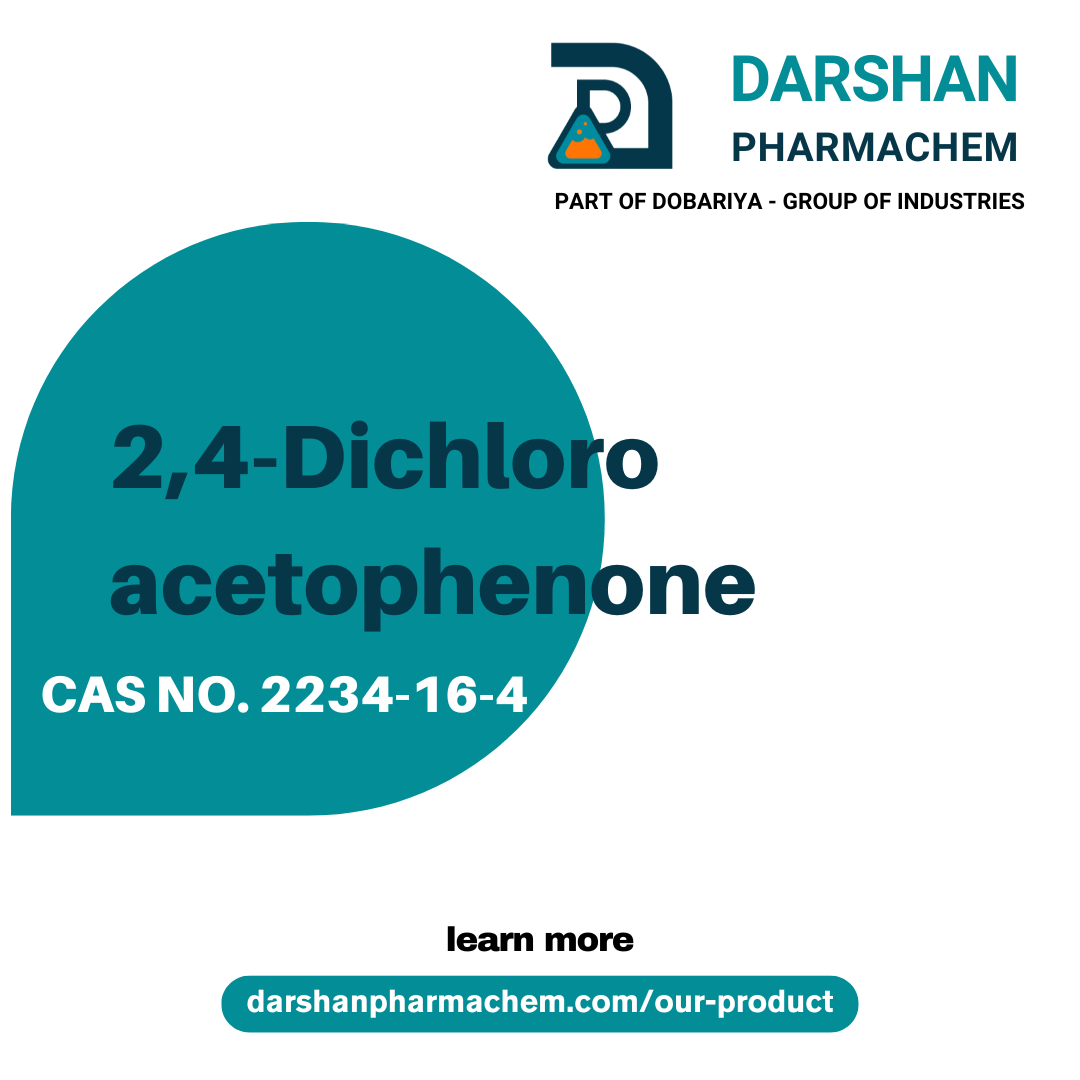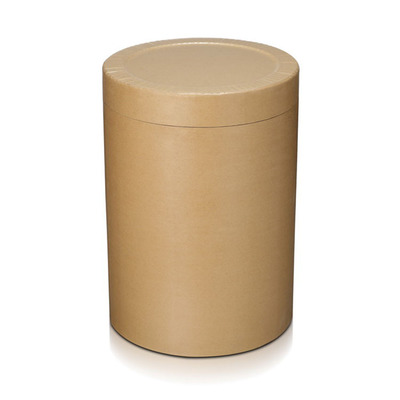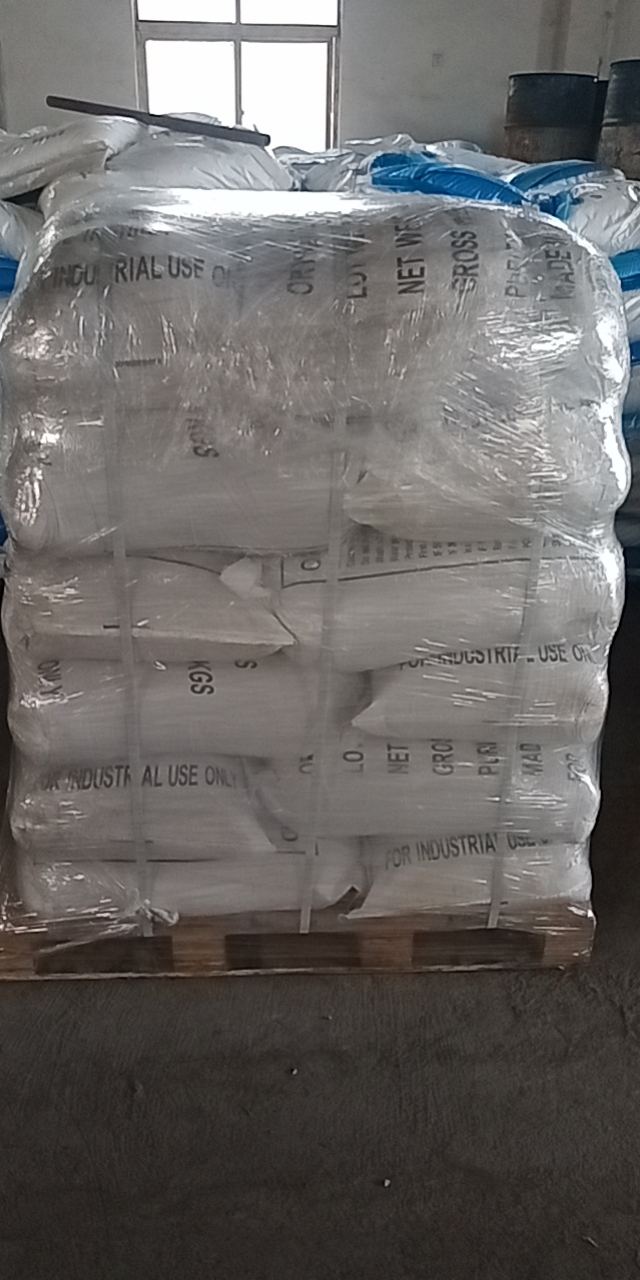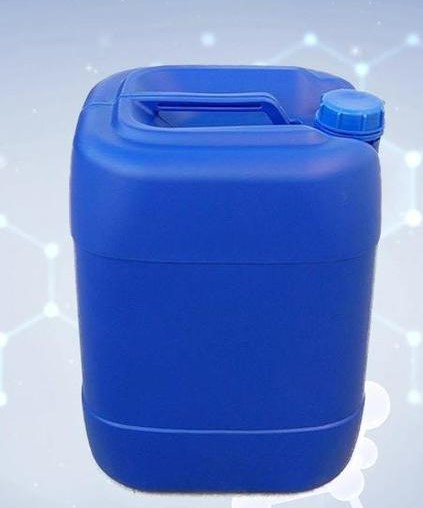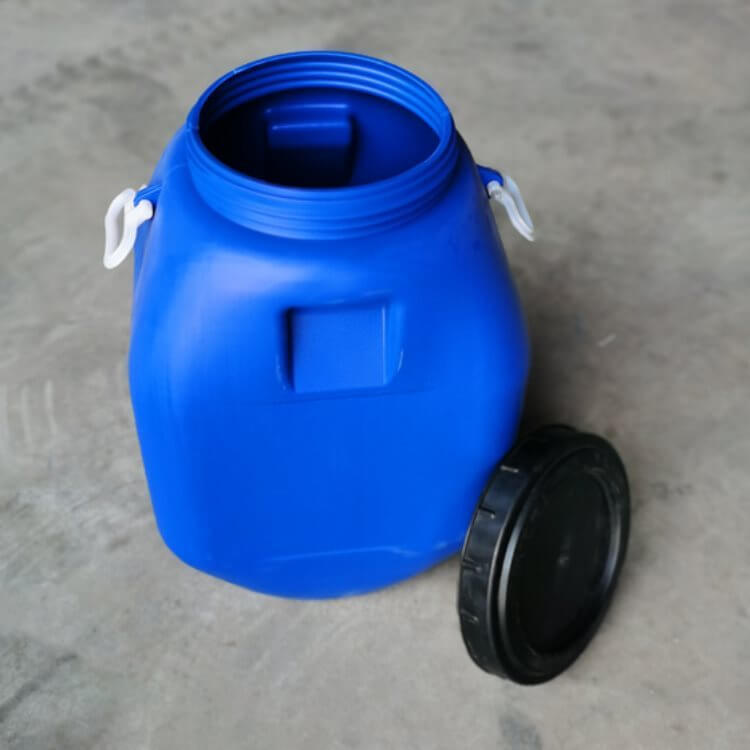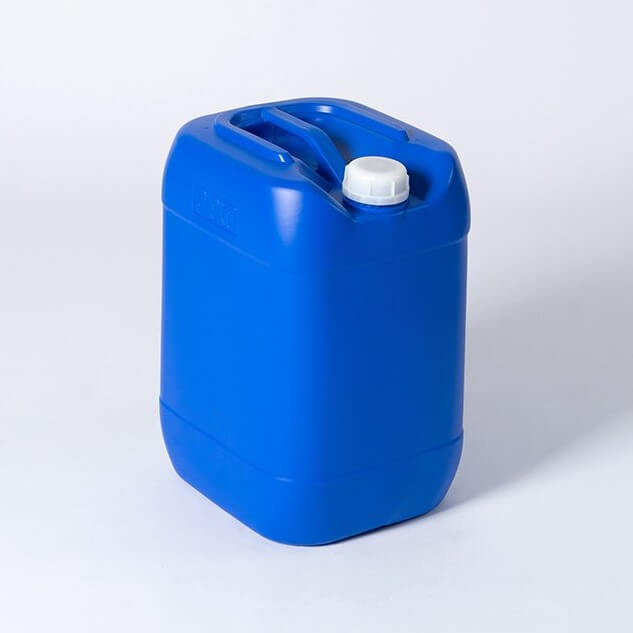Pharmaceutical Raw Materials
Veterinary API
Antiallergic Drugs
Hormones and Endocrine Drugs
Drug Metabolism
Pharmaceutical Intermediates
Synthetic Anti Infective Drugs
Specialty Drugs
Vitamins and Minerals Medicines
Feed Drug Additive
Antineoplastic Agents
Nervous System Drugs
Respiratory Drugs
Diagnostic Agents
Anti Stress Drugs
Antipyretic Analgesics
Antiparasitic Drugs
Circulatory System Drugs
Biochemicals
Blood System Drugs
Immune System Medication
Pharmaceutical Excipients
Fluid, Electrolyte, and Acid-Base Balance
Urinary System Drugs
Antibiotics
Anesthetic Agents
Inhibitors
Other Chemical Drugs
Digestive System Drugs
CAS:22071-15-4
Molecular Formula:C16H14O3
Alias
More Information
Iso-K; Toprec; Aneol; Orudis; 2-(3-Benzoylphenyl)Propanoic Acid; Epatec; Lertus; 2-(3-Benzoylphenyl)Propionic Acid; Dexal; Fastum; Oruvail; M-Benzoylhydratropic Acid; 2-(Meta-Benzoylphenyl) Propionic Acid; Profenid Orudis
Brief Introduction
Ketoprofen can inhibit the biosynthesis of inflammatory substances such as prostaglandin, leukotriene and thromboxane by reversibly inhibiting the activities of cyclooxygenase pro-inflammatory peptide and / or lipoxygenase. Ketoprofen can reduce the release of bradykinin. Ketoprofen has good antipyretic, analgesic and anti-inflammatory effects. Ketoprofen can also inhibit the adhesion and aggregation of platelets, It is widely used in the treatment of rheumatoid arthritis, rheumatoid arthritis, ankylosing spondylitis, osteoarthritis pain, rheumatoid arthritis, dysmenorrhea, toothache, postoperative pain, cancer pain and acute renal colic. Clinical studies have shown that ketoprofen, as an important non steroidal anti-inflammatory drug, has the advantages of small dose, high efficacy, good tolerance and mild side effects.
Suppliers
View More Vendors (3) >
CAS:2234-16-4
Molecular Formula:C8H6Cl2O
Alias
More Information
1-(2,4-Dichlorophenyl)Ethanone; 2′,4′-Dichloroacetophenone; 2,4-Dichloroacetophenone (DCAP); DCAP; Acetophenone,2',4'-Dichloro; 2`,4`-Dichloroacetophenone; Ethanone, 1-(2,4-Dichlorophenyl)-; 2',4'-Dichloroacetophenone; P-Chloro-2-Chloroacetophenone; 2,4-Dichloroacetophenone; (2,4-Cl2-Ph)Come; 2',4'-Dichloro Phenyl Ethanone; 2,4-Dichloro Acetophenone
Brief Introduction
It can be used as a pharmaceutical intermediate for the synthesis of ketoconazole.
Suppliers
View More Vendors (3) >
CAS:23828-92-4
Molecular Formula:C13H19Br2ClN2O
Alias
More Information
Antobron; AMX; Ambron; Trans-4-[(2-Amino-3,5-Dibromobenzyl)Amino]Cyclohexanol Hydrochloride; Duramucal; Mucolear; Fluixol; Cis-4-((2-Amino-3,5-Dibromobenzyl)Amino)Cyclohexanol Hydrochloride; Abramen; 2-Amino-3,5-Dibromo-N-(Trans-4-Hydroxycyclohexyl)Benzylamine; Ambril; Ambroxol Hcl; Bluibron; Ankisol; Stas-Hustenloser; Frenopect; Trans-4-[[(2-Amino-3,5-Dibromophenyl)Methyl]Amino]Cyclohexan-1-Ol Hydrochloride; Labotest-Bb Lt00134650; Bronchopront
Brief Introduction
Ambroxol hydrochloride is a mucus dissolving agent developed by bringer Ingelheim company in Germany. It was first listed in Germany in the early 1980s, and then in France, Italy, Japan, Spain and many other countries. It is a new generation of mucus dissolving agent. It can improve expectoration, promote pulmonary surfactant, airway secretion and ciliary movement. In clinic, it can regulate the secretion of mucus and mucus, activate cilia swing, dilute sputum easily, strengthen mucus outward transportation, and discharge easily. It can also promote the synthesis of pulmonary surfactant to maintain alveolar tension and ensure lung function index; It can promote the penetration of antibiotics into tissues to increase the concentration and enhance the bactericidal effect; Antioxidant, reduce the release of inflammatory mediators, in order to reduce the inflammatory reaction; In order to improve the curative effect of antispasmodic drugs, it should cooperate with bronchospasmolytic substances. Therefore, the drug can be widely used in the clinical treatment of acute and chronic respiratory diseases with abnormal secretion of respiratory tract, especially in the expectorant treatment of chronic bronchitis, neonatal respiratory distress and adjuvant treatment of lung surgery. It has the advantages of low toxicity, exact curative effect, and can produce good synergistic effect with antibiotics. It is one of the most commonly used expectorant drugs.
Suppliers
View More Vendors (3) >
CAS:2402-79-1
Molecular Formula:C5HCl4N
Alias
More Information
2,3,5,6-Tetra-Chloropyridine; 2,3,5,6-Tetrachlorpyridine; 2,3,4,5-Tetra-O-Acetyl-1,6-Dibromo-1,6-Dideoxy-D-Mannitol,White Solid; Pyridine, 2,3,5,6-Tetrachloro-; 2,3,5,6-Tetrachlor-Pyridin; Pyridine,2,3,5,6-Tetrachloro; 2,3,5,6-Tetrachloro-Pyridin; Tetrapyridine; 2,3,5,6 - Four Chlorine Pyridine
Brief Introduction
This product is mainly used as medicine, pesticide intermediates, is the main raw material for the synthesis of herbicide piclorazine.
Suppliers
View More Vendors (3) >
CAS:24424-99-5
Molecular Formula:C10H18O5
Alias
More Information
DBDC; Diboc; BOC; Dibutyldicarbonate; Pyrocarbonic Acid Di-Tert-Butyl Ester; DI-Tert-Butyl Pyrocarbonate; DI-Tert-Butyl Dicarbonate; Boc-Acidanhydride; Boc Anhydride; Bis(Tert-Butoxycarbonyl)Oxide; (Boc)2O Fluka; Tert-Butyldicarbonate; (BOC)2O; Tert-Butoxycarbonyl Anhydride; Di Tertbutyl Bicarbonate; Di-Tert-Butyl Di-Carbonate; DI - TERT Butyl Dicarbonate
Brief Introduction
Di tert butyl dicarbonate (diboc) is a new type of amino protectant, which is used to introduce tert butyloxycarbonyl (BOC) protectant in organic synthesis, especially suitable for amino protection of amino acids. It is widely used in medicine, protein and peptide synthesis, biochemistry, food, cosmetics and other products. Pharmaceutical and organic synthetic intermediates are important amino protectants used in the synthesis of pharmaceutical and agrochemical products.
Suppliers
View More Vendors (3) >
Inquiry (
10
/ 10
)
Clear All
Sign In
Error!

